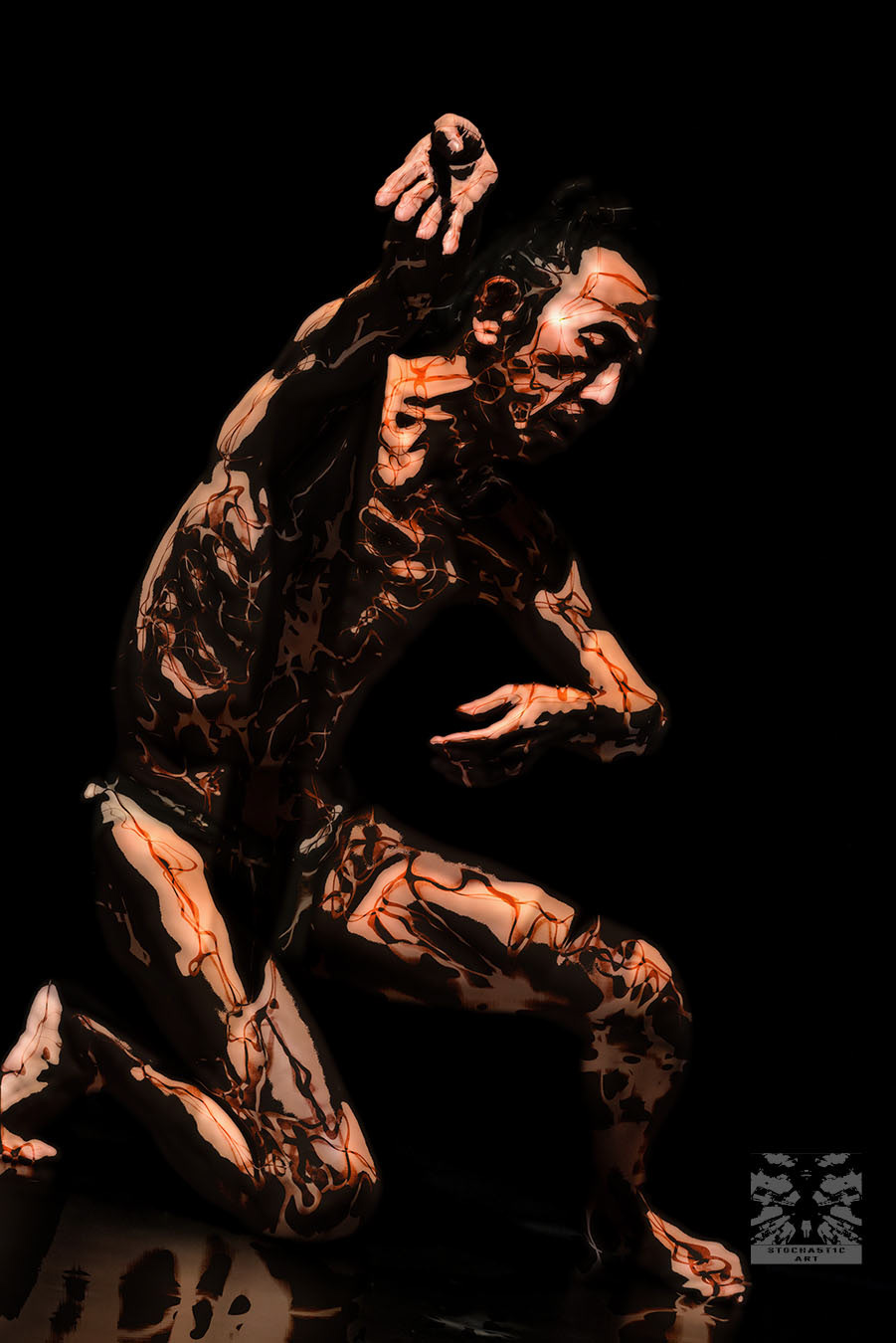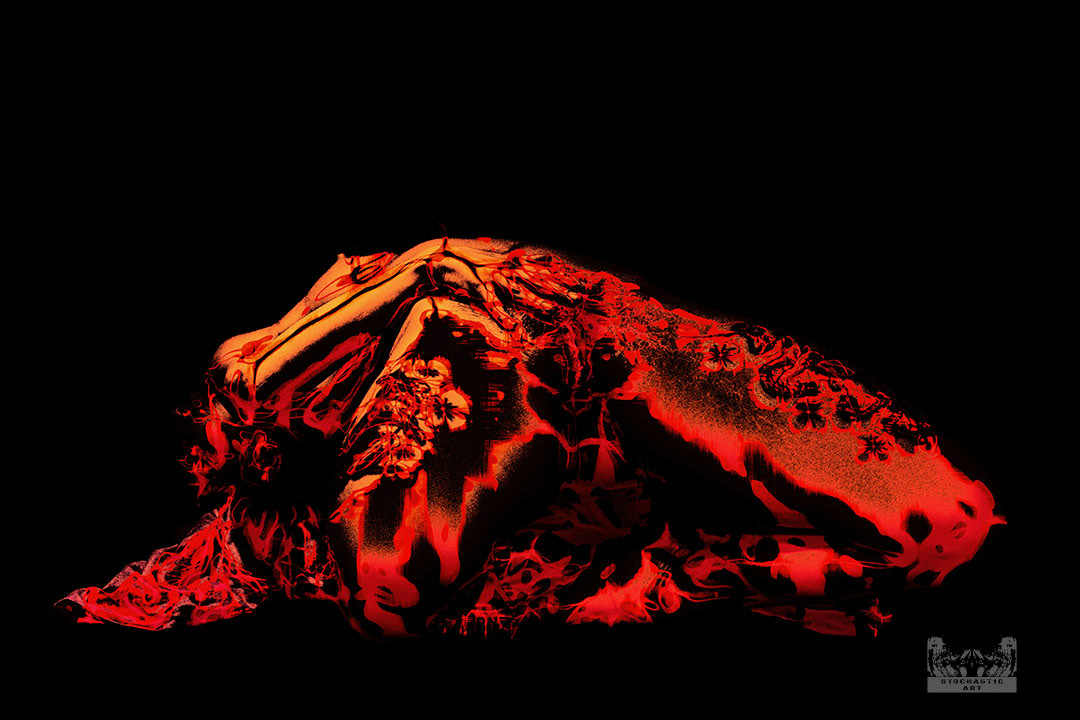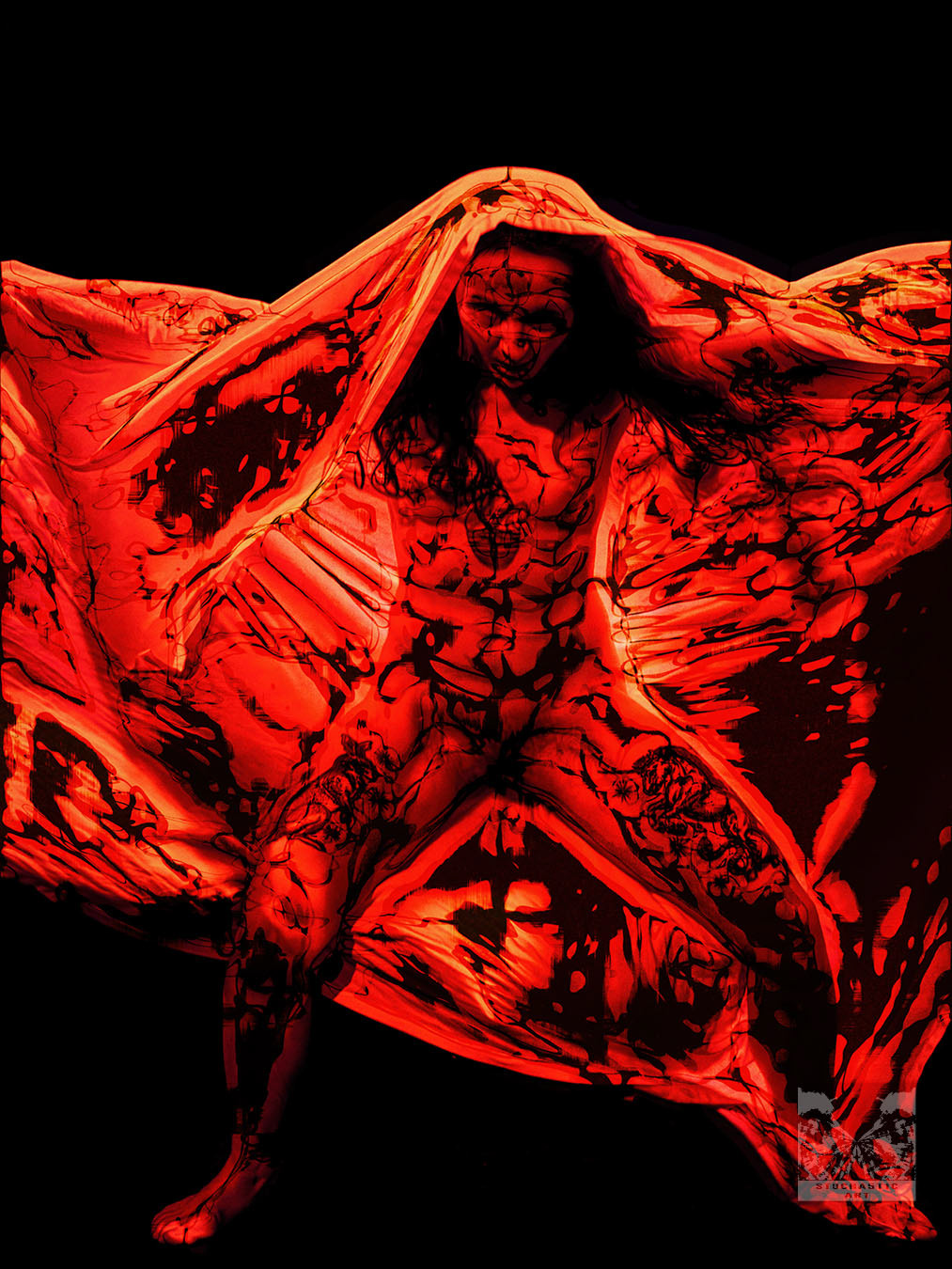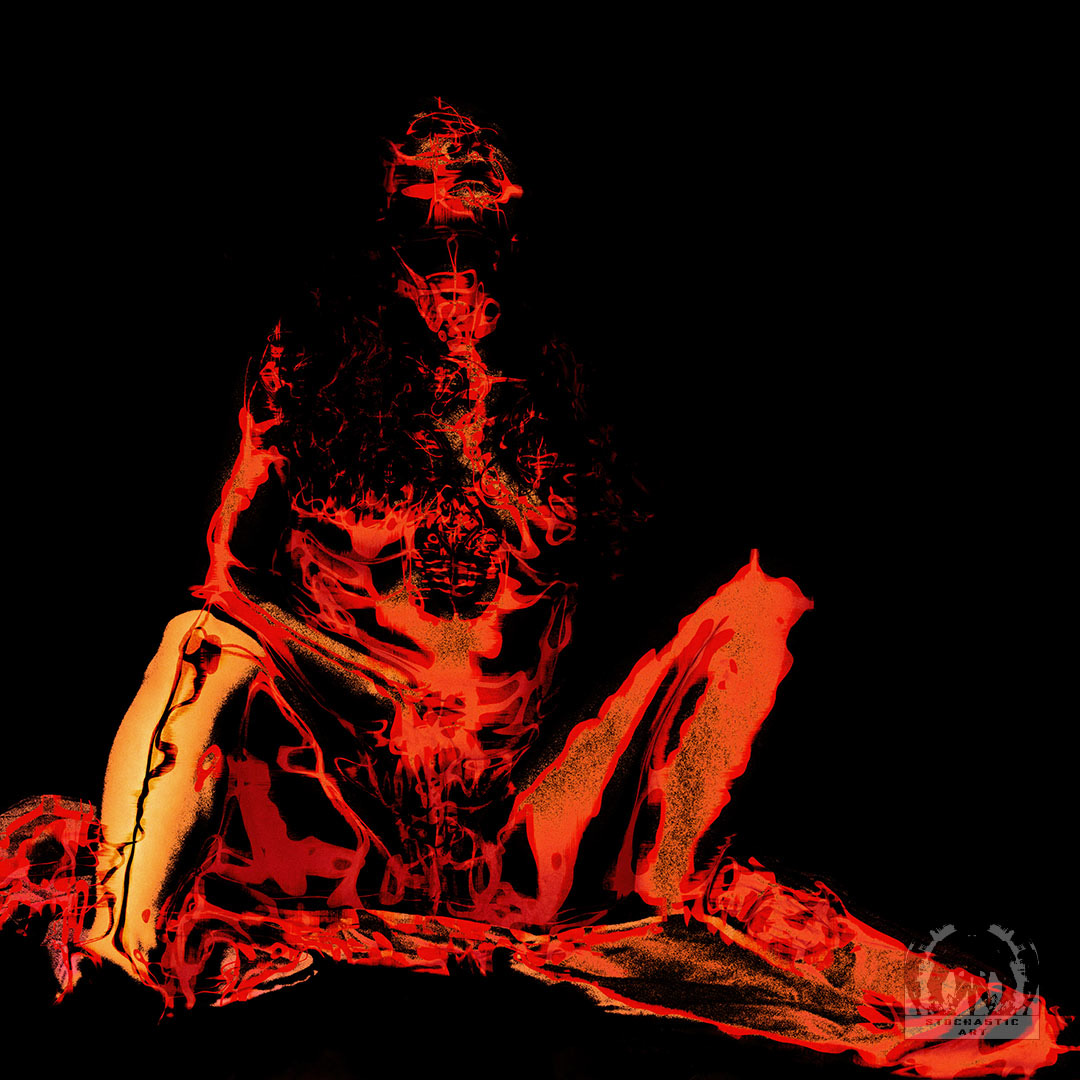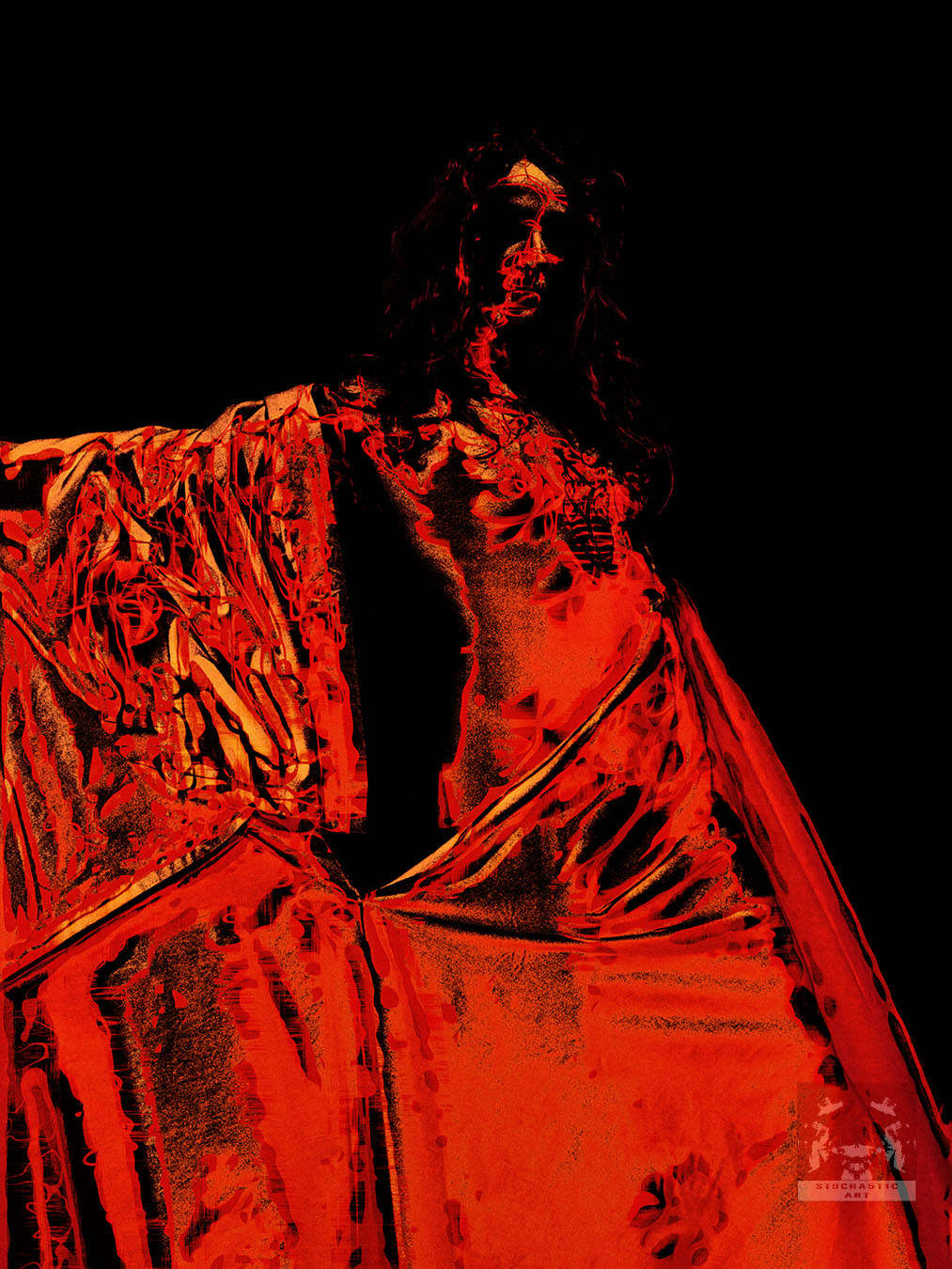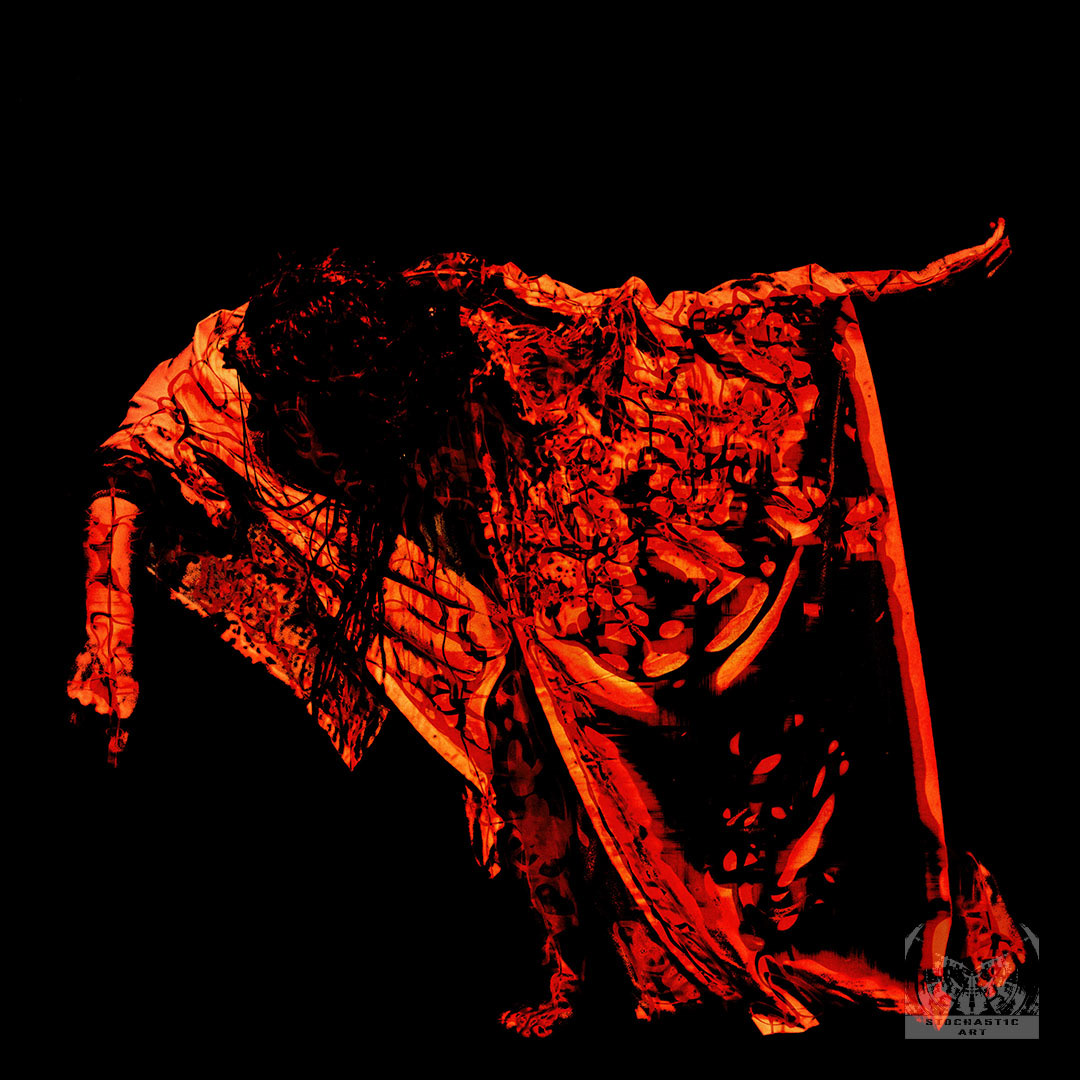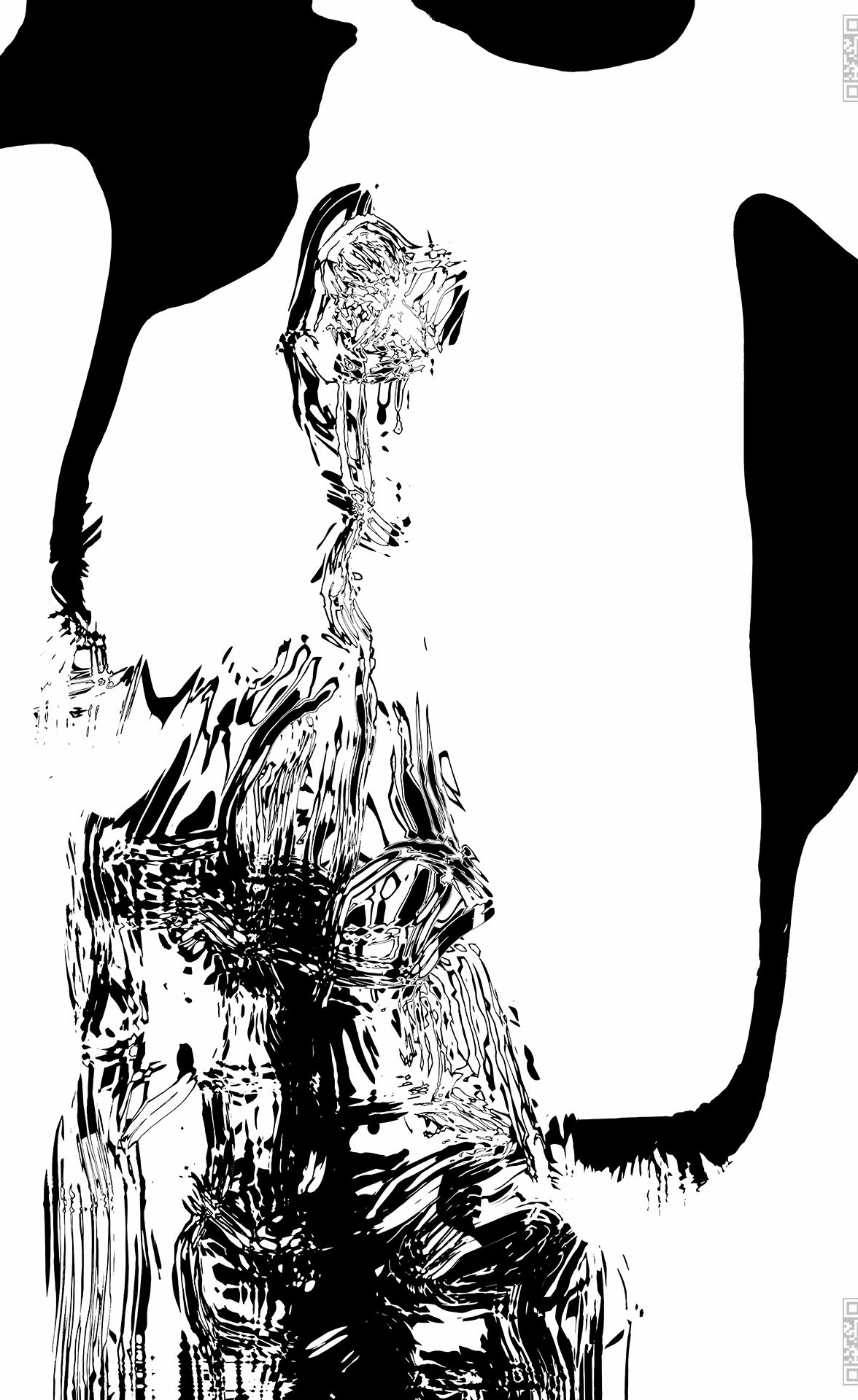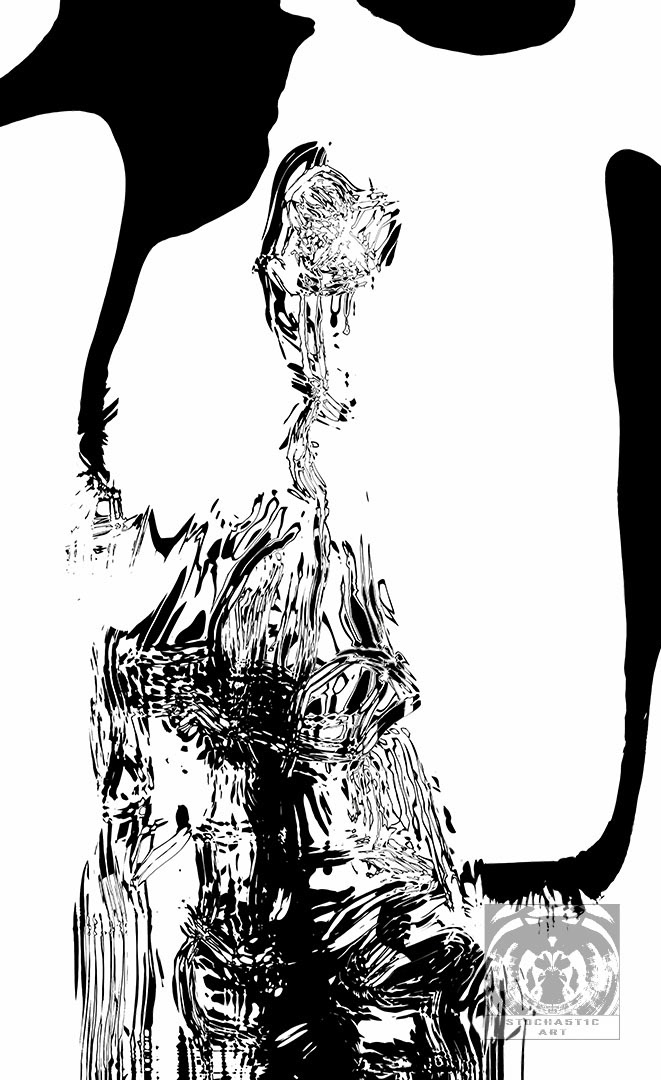Architect, constructivist, engineer, designer and philosopher R.B. Fuller patented the concept of tensegrity structures (“Tensile-integrity structures”) in 1959. The same concept was independently patented by his student, sculptor K. Snelson (1960) and by architect D.G. Emmerich (1963). The term “tensegrity” combines “tension” and “integrity.” A tensegrity system is one that is in a stable state of self tension and contains a discontinuous system of compression elements contained within a continuous system of tension elements (which have no compressive stiffness). Structures with tensegrity features are characterized by low material consumption, lightness, low production costs, and at the same time high strength and resistance to external forces (e.g. earthquake resistant hanging bridges). The concept of tensegrity initiated in the field of art and architecture, has found a number of applications in various fields, such as in: chemistry, materials engineering, electronics and optical technology (e.g. fullerenes discovered by H. Kroto in 1985 Nobel Prize in Chemistry in 1996), sports (soccer ball), functional anatomy, biology and even in the theory of organization of social systems.
















